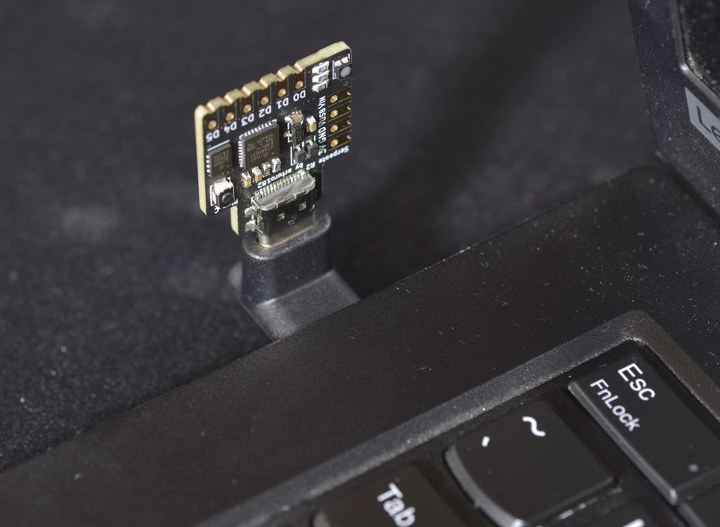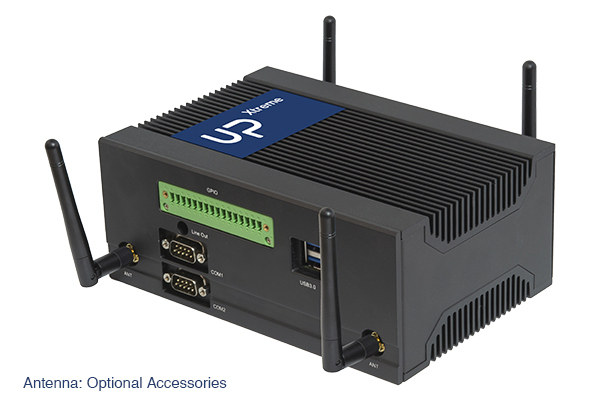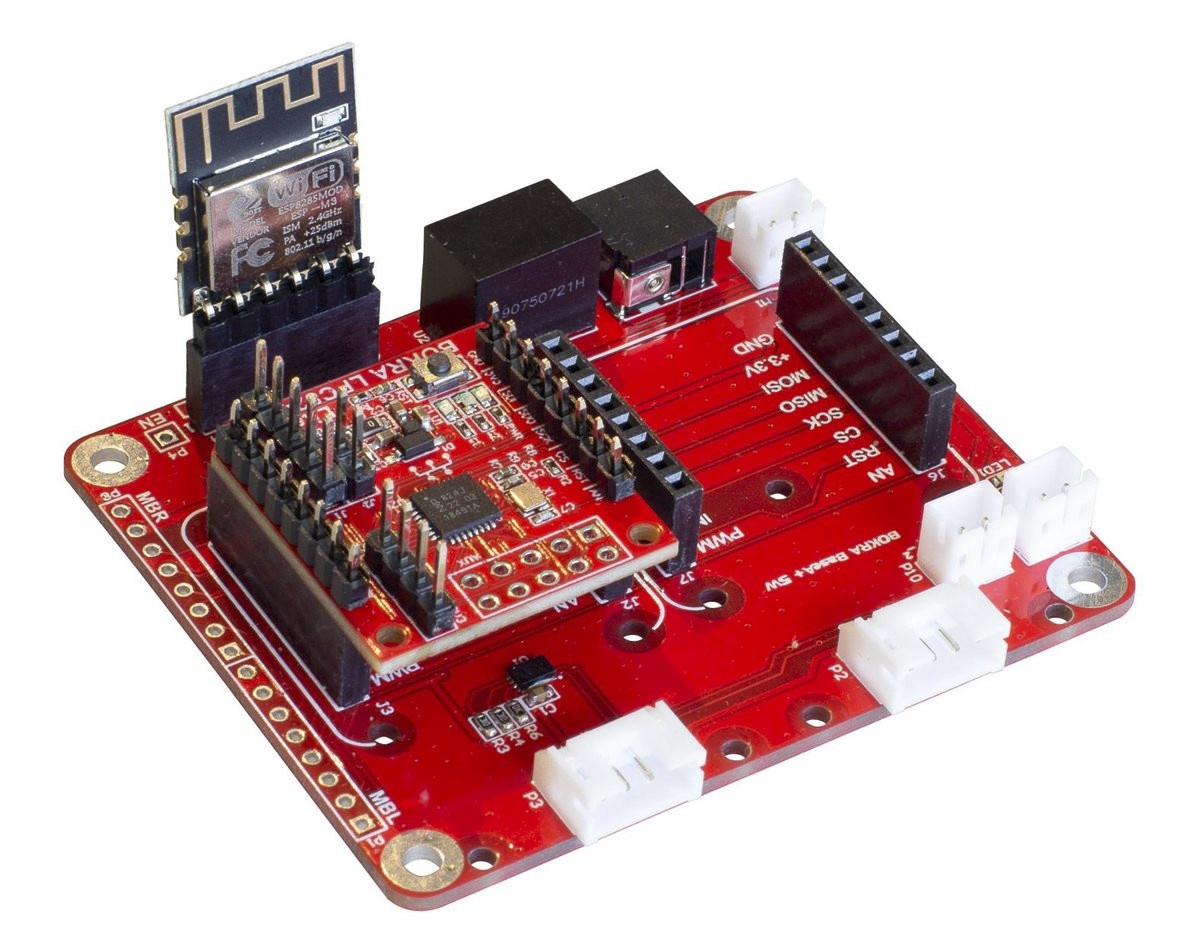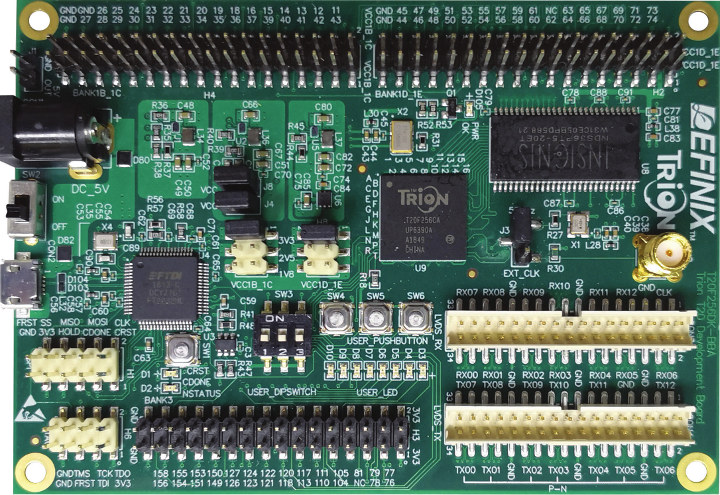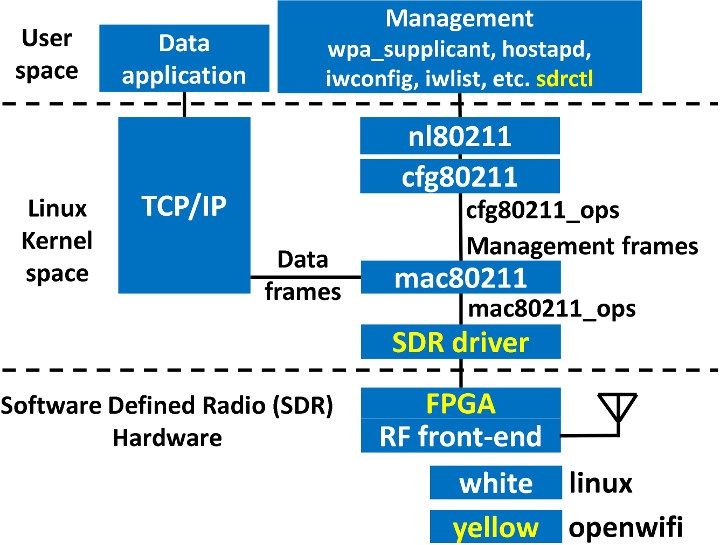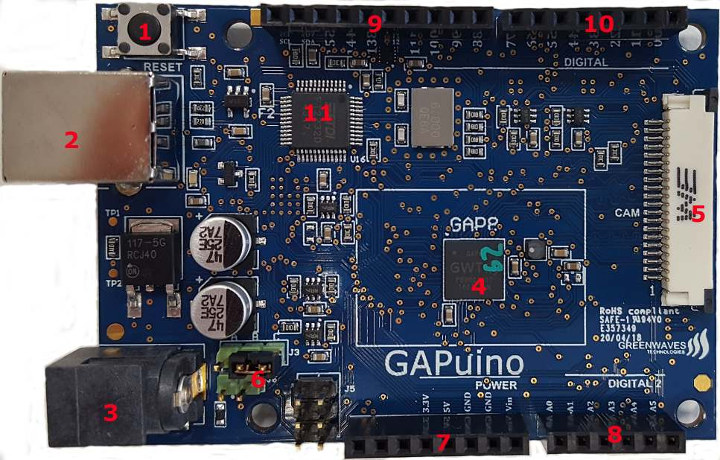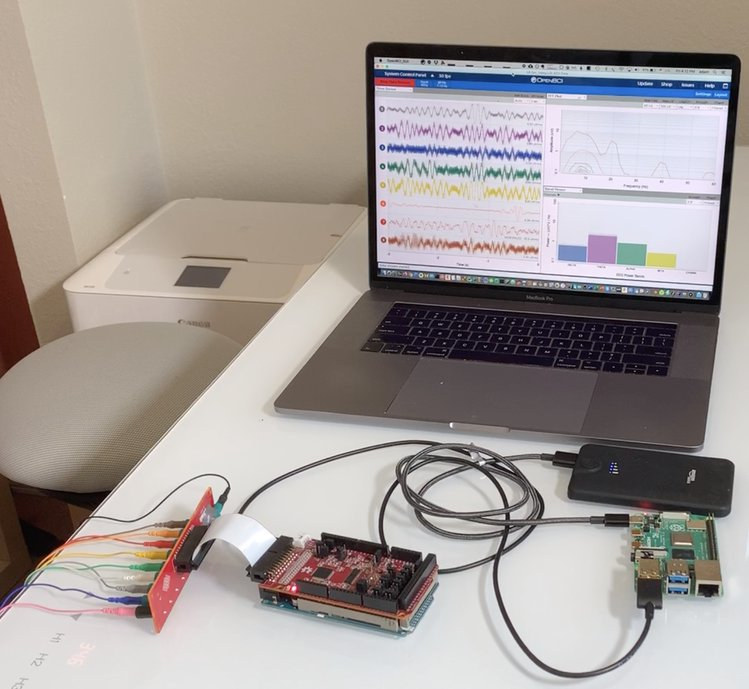Development boards with a USB Type-C port for power and programming are becoming more common, most in most cases with a female USB-C port. Designed by arturo182, Serpente R2 CircuitPython prototyping board based on Microchip SAMD21 Arm Cortex-M0+ microcontroller offers three USB power & programming option with USB type-A male, USB type-C female, or USB type-C male, with the latter option allowing you to plug into directly into your host computer. Serpente R2 board specifications: MCU – Microchip ATSAMD21E18A 32-bit Cortex-M0+ running at 48MHz, with 256KB flash, and 32KB RAM Storage – 4MB SPI Flash for storing files and CircuitPython code Expansion – 10x I/Os with castellated holes including 6x customizable GPIOs, and 4x power signals (3V, GND, VUSB, and VIN) USB R2 – Female USB Type-C port R2 Plug – Male USB Type-A port R2 Plug C – Male USB Type-C port Misc – User RGB LED, reset button […]
UP Xtreme Edge (UPX-Edge) Embedded Computer is Built around UP Xtreme Whiskey Lake SBC
AAEON UP Xtreme SBC was launched last June with a choice of 15W Whiskey Lake processors, namely Intel Celeron 4305UE dual-core processor, Intel Core i3-8145UE dual-core 4-thread processor, Intel Core i5-8365UE / Core i7-8665UE quad-core 8-thread processors. The company has now launched a complete embedded computer built around UP Xtreme SBC named UP Xtreme Edge Computing System, or simply UPX-Edge for short, that’s a slight variation of the fanless chassis offered for the SBC during the Kickstarter campaign. UPX-Edge specifications: SoC (one or the other) Intel Celeron 4305UE dual-core processor @ up to 2.2 GHz with 2MB cache, Intel UHD 610 graphics Intel Core i3-8145UE dual-core 4-thread processor @ up to 2.1 GHz / 3.9 GHz (Turbo) with 4MB cache, Intel UHD 620 graphics Intel Core i5-8365UE quad-core 8-thread processor @ up to 1.6 GHz / 4.1 GHz (Turbo) with 6MB cache, Intel UHD 620 graphics Intel Core i7-8665UE quad-core […]
BOKRA NXP LPC824 and Nordic nRF52832 powered MCU Modules Follow MikroBUS Form Factor
We first wrote about MikroElectronika MikroBUS socket in 2015 while covering an SBC which featured one MikroBUS socket supporting one of the 150 Click boards available at the time. There are now over 700 Click boards to choose from, with the tiny modules offering motor drivers, buttons, short-range connectivity, UART and other interfaces, as well as various sensors. But BOKRA had another idea: developing MCU based systems-on-module following MikroBUS form factor. BOKRA LPC824 Lite module The first of those modules is BOKRA LPC824 Lite with the following specifications: MCU – NXP LPC824M201JHI33 Arm Cortex-M0+ microcontroller @ 30 MHz with 32KB Flash Memory, 8 KB RAM I/O MikroBUS headers with SPI, I2C, UART, PWM, GPIOs 10-pin “Serial” header 4-pin I2C Grove connector for Seeed Studio I2C Grove modules Debugging interface – SWD Misc – Reset button, power LED, 2x user LEDs Power Supply – 5V/500mA via MIC5528 regulator Dimensions – 28.6 […]
NORVII IIoT ESP32 Industrial Controller Comes with Built-in OLED or TFT Display, DIN Rail Mount
We’ve previously covered at least one ESP32 industrial controller with TECHBASE Moduino X equipped with digital and analog I/O terminals, a 0.96″ OLED display, and support for various expansion cards for RS-485, LoRa, Sigfox… beside Ethernet, WiFi, and Bluetooth connectivity offered by the Espressif Systems chip. NORVII IIOT industrial controller – based on ESP32-WROOM-32 module – offers many of the same options as the TECHBASE model, but also integrates a choice of 0.96″ to 1.44″ OLED or TFT display, and comes with plenty of LED’s to ease troubleshooting. There are five variants from three series (AE01, AE02, and AE03) sharing the following specifications: Wireless Module – ESP32-WROOM32 with ESP32 dual-core processor @ 160 MHz, 520 Kbytes SRAM / 4 Mbit Flash, WiFi 802.11 b/g/n Bluetooth 4.2 Storage – Optional microSD card slot Display -Built-in 0.96″ OLED display. 0.96″ TFT display or 1.44″ TFT display Communication – RS-485, WiFi, Bluetooth, optional […]
Trion T20 BGA256 FPGA Development Kit Supports “PulseRain Reindeer” RISC-V RV32IM soft CPU
A few months ago I wrote about FireAnt low-cost FPGA development board powered by Efinix Trion T8 FPGA, and it was the first time I personally heard about the company. Trion FPGA family range from the T4 with 3,888 logic elements up to the Trion T200 with 192,000 LE’s. A board more powerful than FireAnt, but not quite high-end, recently showed up on Digikey with Trion T20 BGA256 development kit going for $150. Trion T20 BGA256 Development Kit specifications: FPGA – Efinix Trion T20 FPGA with 19,728 LE’s, 1,044 Kbit embedded RAM, 36 18×18 multipliers, 7 PPL’s, up to 220 GPIO’s; 256-ball FBGA (13×13 mm) System Memory – 256 Mbit SDR SDRAM Storage – NOR flash USB – 1x Micro-USB port for programming Debug / Configuration – SPI and JTAG headers to facilitate configuration Expansion 3x I/O headers to connect to external devices LVDS TX header, LVDS RX & clock […]
OpenWiFi Open-Source Linux-compatible WiFi Stack Runs on FPGA Hardware
WiFi is omnipresent on most connected hardware, and when it works it’s great, but when there are issues oftentimes they can not be solved because the firmware is a closed-source binary. I understand companies do that either to protect their IP and/or make sure end-users do not break FCC compliance. OpenWiFi project aims to deliver a completely open-source SDR (Software Defined Radio) WiFi implementation compatible with Linux and running on FPGA hardware. OpenWiFi currently supported features: 802.11a/g; 802.11n MCS 0~7; 20MHz Mode tested: Ad-hoc; Station; AP DCF (CSMA/CA) low MAC layer in FPGA Configurable channel access priority parameters: duration of RTS/CTS, CTS-to-self SIFS/DIFS/xIFS/slot-time/CW/etc Time slicing based on MAC address Easy to change bandwidth and frequency: 2MHz for 802.11ah in sub-GHz 10MHz for 802.11p/vehicle in 5.9GHz The developers tested OpenWiFi on Xilinx ZC706 FPGA evaluation kit coupled Analog Devices fmcomms2/fmcomms4 RF board to form an access point, and connected it to […]
GreenWaves GAP9 IoT Application Processor Enables AI on Coin-cell Powered Devices
GreenWaves Technologies GAP8 multi-core RISC-V microcontroller was introduced last year for artificial intelligence (AI) at the edge at ultra-low power consumption. GAP8 AIoT SoC was shown to perform inference at 3.7mA against 60mA for the same workload on STM32F7 Arm Cortex-M7 MCU. The company has now expanded its GAP IoT application processor family with GAP9 that delivers five times lower power consumption compared to GAP8 microcontroller while enabling inference on neural networks 10 times larger. Greenwaves GAP9 will bring machine learning and signal processing capabilities to (coin cell) battery operated or energy harvesting devices such as IoT sensors in consumer and industrial markets, wearables, smart building, smart farming and so on. GAP9 is said to combine architectural enhancements with Global Foundries 22nm FDX process to achieve a peak cluster memory bandwidth of 41.6 GB/sec and up to 50 GOPS compute power while consuming only 50mW. The increased memory bandwidth (20x […]
HackEEG Arduino Shield Reads Signals from Your Brain (EEG), Muscles (EMG), and Heart (EKG)
Biosignals are signals from living beings that can be continually measured & monitored, and some common methods to measure those biosignals include electroencephalogram (EEG) to monitor the electrical activity in your brain, electromyography (EMG) for recording the electrical activity produced by skeletal muscles, and electrocardiogram (EKG or ECG) to measure electrical activity of your heartbeat. Those can be used for brain interfaces which according to a recent Ericsson’s report may become commonplace by 2030 with users just thinking about commands, prosthetic arms, health and disease monitoring, and so on. Starcat has designed the HackEEG shield to experiment with all those three methods using an Arduino board and electrodes. HackEEG features and specifications: TI ADS1299 8-Channel, 24-Bit ADC for biopotential measurements SPI EEPROM for storing configuration data 8x analog-digital conversion (ADC) channels, each with a 24x programmable-gain amplifier (PGA). Up to 4x shields can be stacked on one Arduino Due for […]


